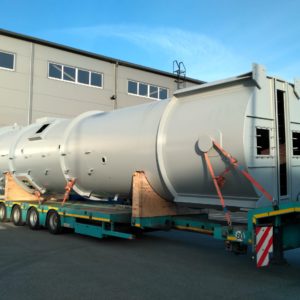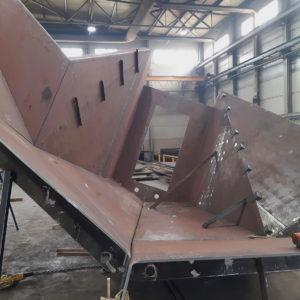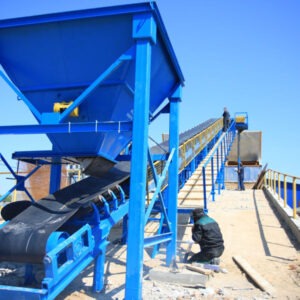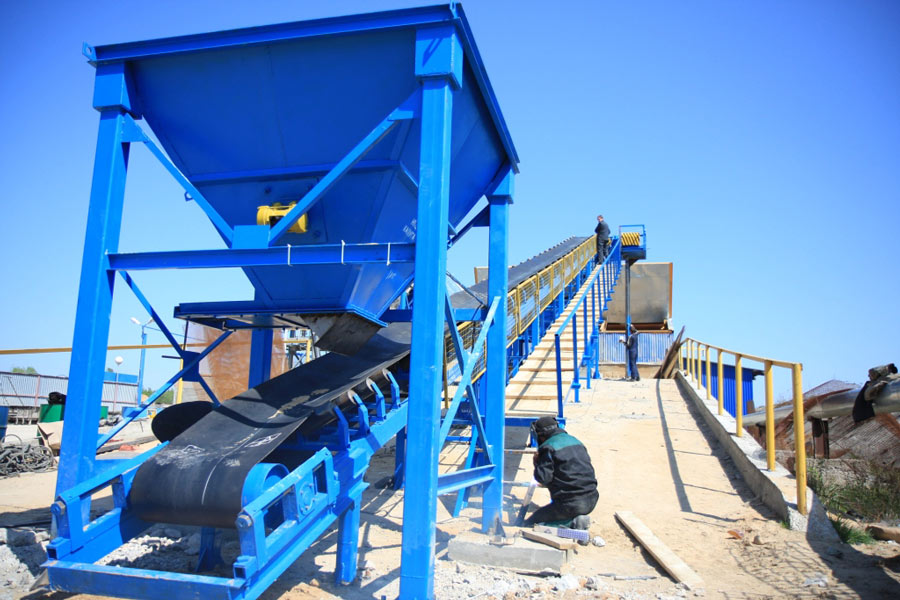Deaerators
A deaerator tank is a device whose main task is to remove harmful impurities from water, such as nitrogen, ammonia or even oxygen, that cause oxidative processes on the surface of metal devices and lead to corrosion. Sometimes deaerators are used in thermal power plants as heat energy regenerators and heating devices for feed water.
In most cases, the device includes several basic elements:
- Tank battery
- Deaerator column
- Shutoff valves and pipelines
- Steam collector with condenser
The process of deaeration takes place in a simplified form as follows: from above, heated water flows into the deaeration column installed in the tank. From below, heating steam is supplied to it. The water level in the deaerator design is always strictly controlled, as sudden changes will lead to a malfunction of the deaerator pumps in it.
The principle of operation of the deaerator depends on the method used to remove impurities: chemical or thermal. In the first case, the degassing process occurs due to the use of a reagent that removes oxygen from water. In some chemical plants, a filter catalyst is used: it provokes the onset of a corrosive process, releasing oxygen. This method is suitable for producing exclusively industrial water, used primarily as a coolant.
In the second case, the impurity is removed by heating water to a boiling point. When the saturation temperature is reached, the gas turns into a vapor-gas mixture (vapor), after which it is removed from the device. Unlike the first method, heat treatment of water does not turn it into a technical one.
Varieties and application of fire tube boilers
There is a fairly broad classification of deaerators, depending on a number of different factors.
By the type of the main element – dish and spray. A dish mounted column is mounted on a water tank. After entering the column, water flows down evenly. Towards it comes low-pressure steam: they are mixed. The gas changes its state and is released through a special valve with increasing temperature. In spray deaerators, there is no vertical column. Through a spray, water enters the storage tank. Steam is supplied through the combs at the bottom of this tank. Water is heated to a boil, then it enters the purification zone, where steam removes all gaseous impurities.
By the type of pressure created – atmospheric, vacuum, high pressure. Atmospheric are relevant for steam: they are used to remove gas impurities from the supply water. Also, such devices are used to purify make-up water from air in heating systems. Vacuum work on the principle of creating a vacuum in the design by using special pumps – ejectors. The boiler deaerator is used in heat supply systems, as well as in industrial-technological processes. High-pressure deaerators are participants in the deaeration process in the boiler feed tank of thermal power plants and nuclear power plants.
By the type of heat transfer – mixing, surface, and designed for superheated water. In mixing, direct contact of steam with purified water occurs. On the surface, the heated surface is isolated from the heated medium. In the deaerators of the latter type, the purified water leaving the deaerator is washed by steam with the presence of gas in its composition – the result of deaeration.
By the method of producing steam and flowing water:
- Film – purified water is supplied to special sheets of a certain shape, from where it flows down in the form of a film.
- Inkjet – passing through a column, water is divided into jets by a number of membranes.
- Drip – a system of nozzles and nozzles spray water drip. This is a highly efficient device, but it still has not found wide application. The reason for this is an insufficient degree of reliability and significant costs for the spraying process.
- Bubbling – combs allow steam to pass through the water layer. The device has a significant heating area but is mainly used in the second stage of deaeration since it cannot heat water to the degree of saturation.
- Combined – devices that carry out two-stage water treatment. The first stage is the heating of water to a boiling point in a vertical column (jet) with preliminary removal of gas. The second stage is the final process of bubbling in the storage tank.
Levstal manufactures deaerators of both the power and industrial sectors. Our company offers consumers a wide range of shell boiler for any request. If necessary, our experts will provide professional advice and help in choosing a device with the best value for money.





